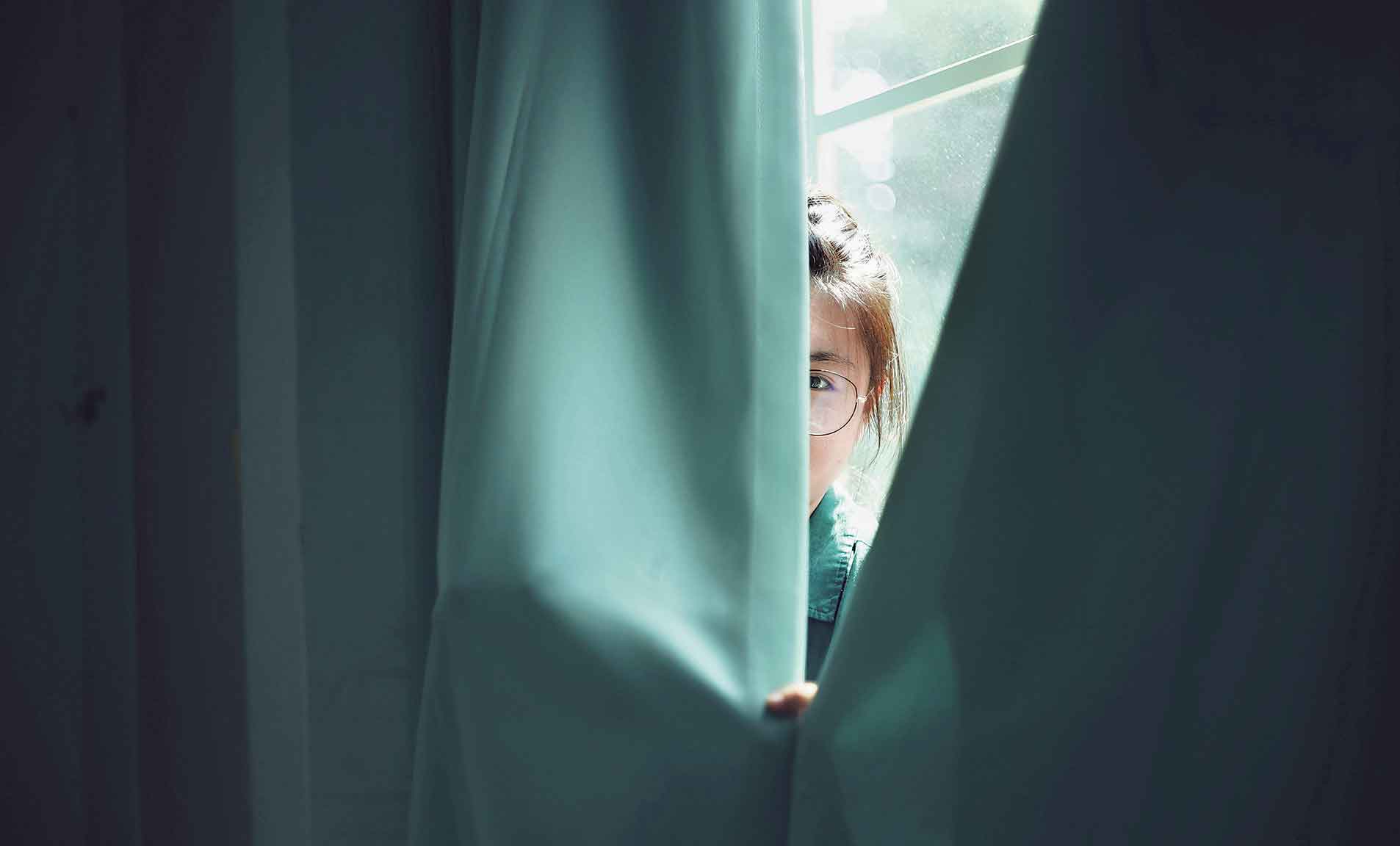Is fear a healthy emotion?

When home and school feel safe, fear stops being a stop sign
Yes and no. Fear is a built-in alarm. It keeps us alert, like heat from a fire that tells us to step back. But when fear grows too big or stays too long, it stops children from trying, learning, and enjoying life. That’s when they need tools, not just comfort, to face it.
Schools should be a training ground for courage. Classrooms should make courage a habit.
Questions are welcome. Mistakes are normal. Every child’s voice matters. What counts most is the effort to try, not just getting it “right.”
Our grading and ranking culture often breeds fear of failure. Constant comparison, whether explicit or implicit, keeps children on edge. We need to shift the goalposts from “How did you rank?” to “What did you learn and try?” Let children measure progress against themselves, not their peers. Praise small improvements. Celebrate persistence.
In many rooms, the script is changing. In approaches like ALfA (Accelerating Learning for All) and PATH (Purposeful, Active, Transformative, Holistic education), learning happens through talk and discovery. Children don’t sit silently waiting for the teacher to assign a task. They learn in pairs, test ideas, and discover together. A child learns as much by explaining to a peer as by being taught. In that back-and-forth, fear loosens its grip. Even the quietest child finds a voice in one-to-one paired learning. Mistakes are not punished. They are stepping stones. As fear fades, confidence takes root.
Parents and teachers do not have to fix every worry. They can start with listening. They can pause before advising. They can help children take one small step at a time. They can model calm: breathe, name the feeling, and reframe the thought.
When home and school feel safe, fear stops being a stop sign. It becomes a pause. It is time to ready yourself before going. Strength is not in avoiding fear. It is walking through it, step by step.